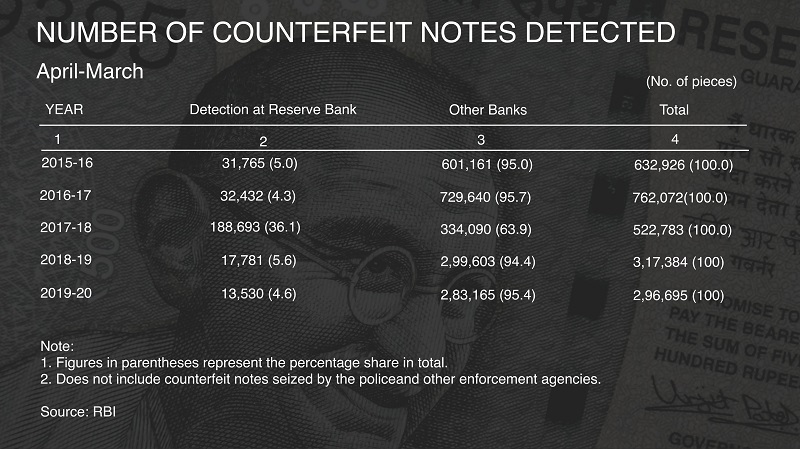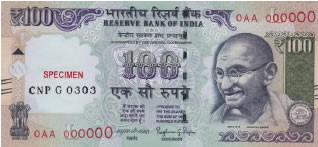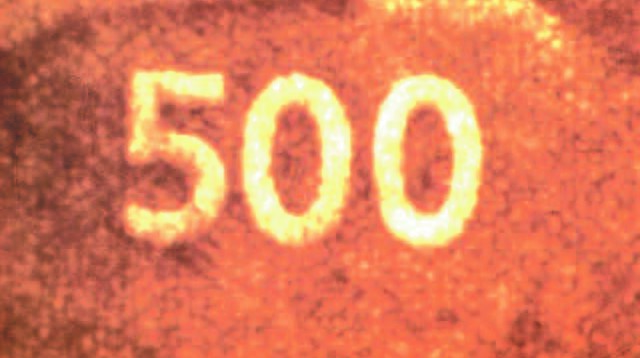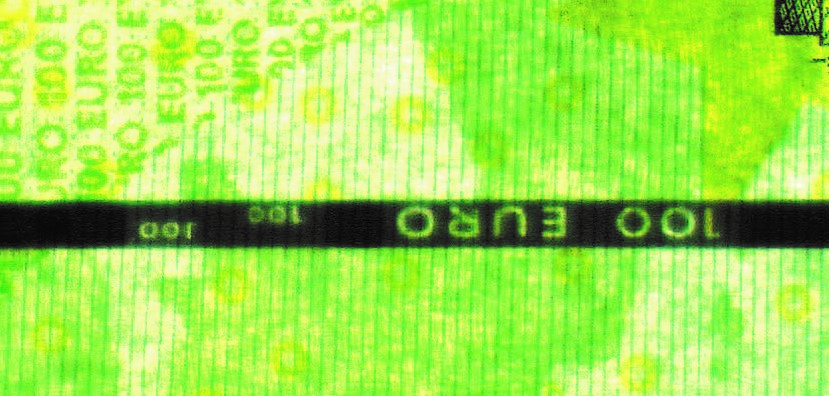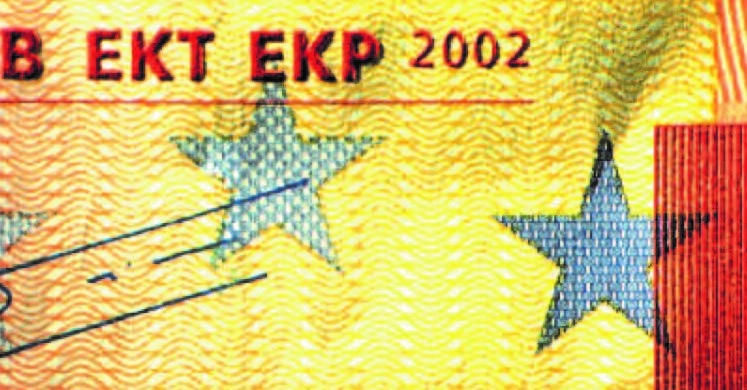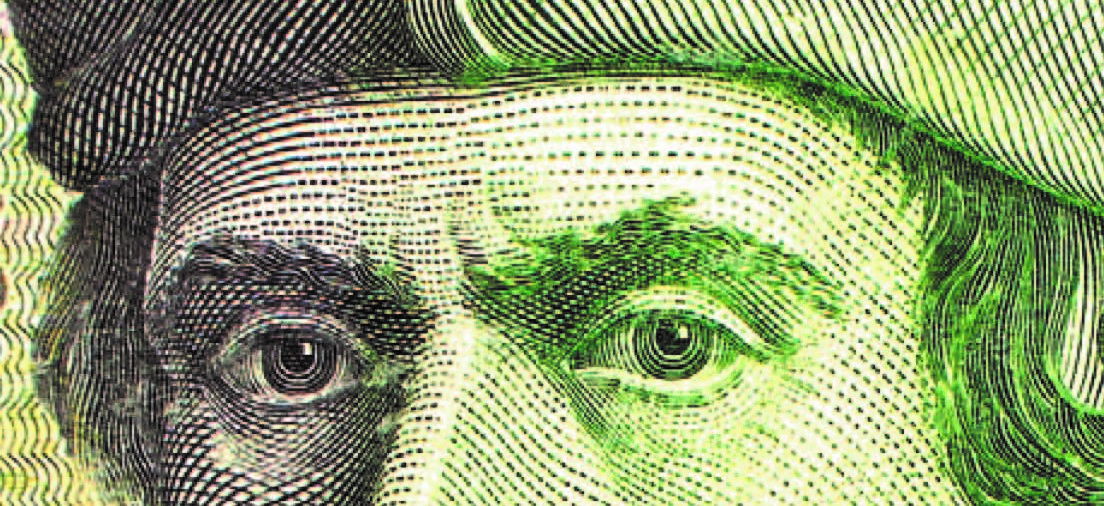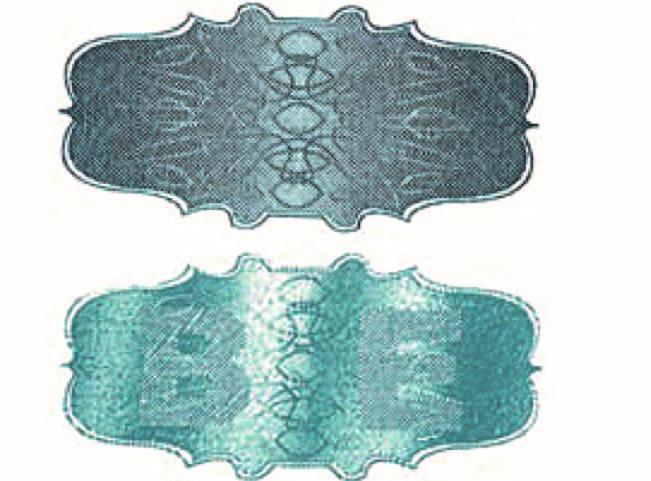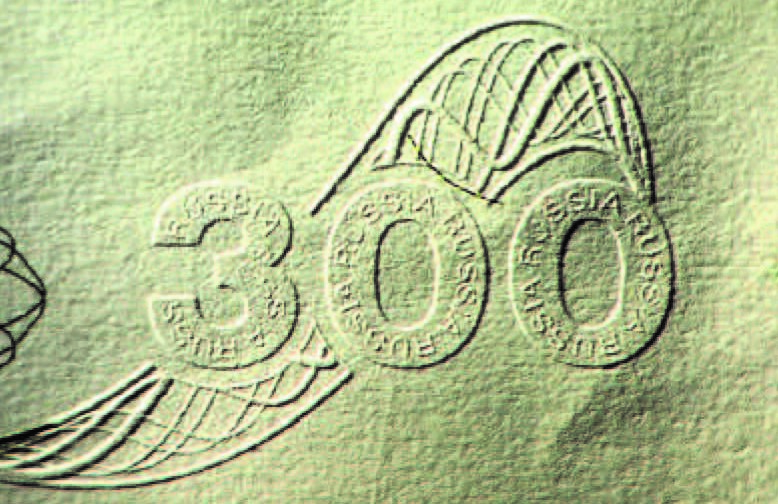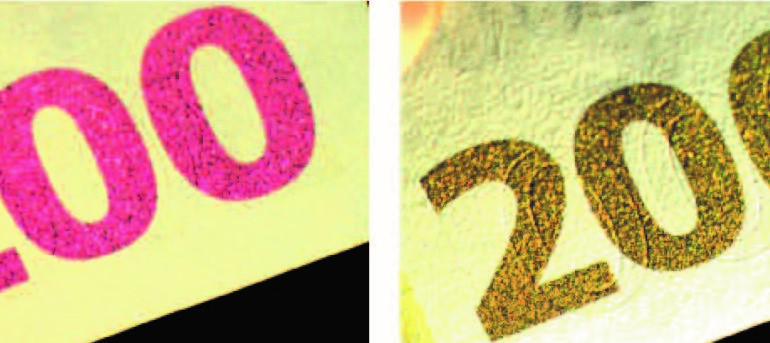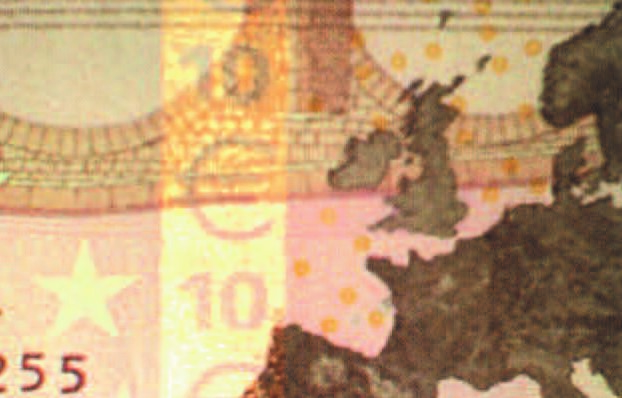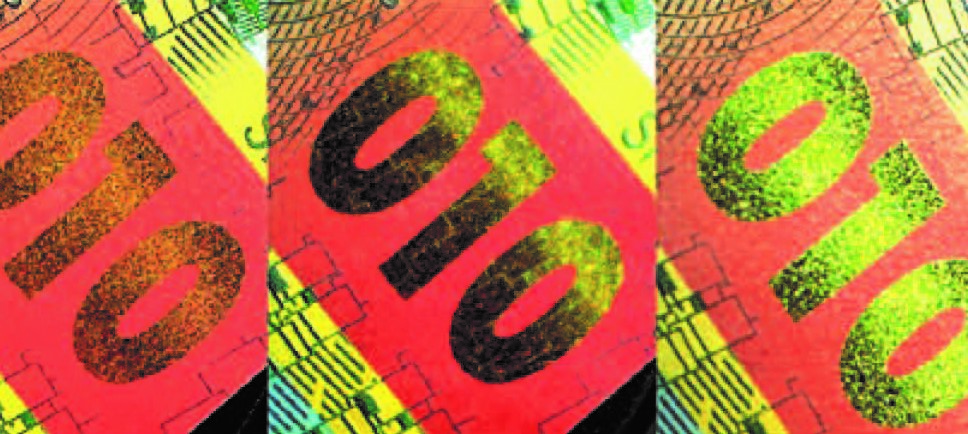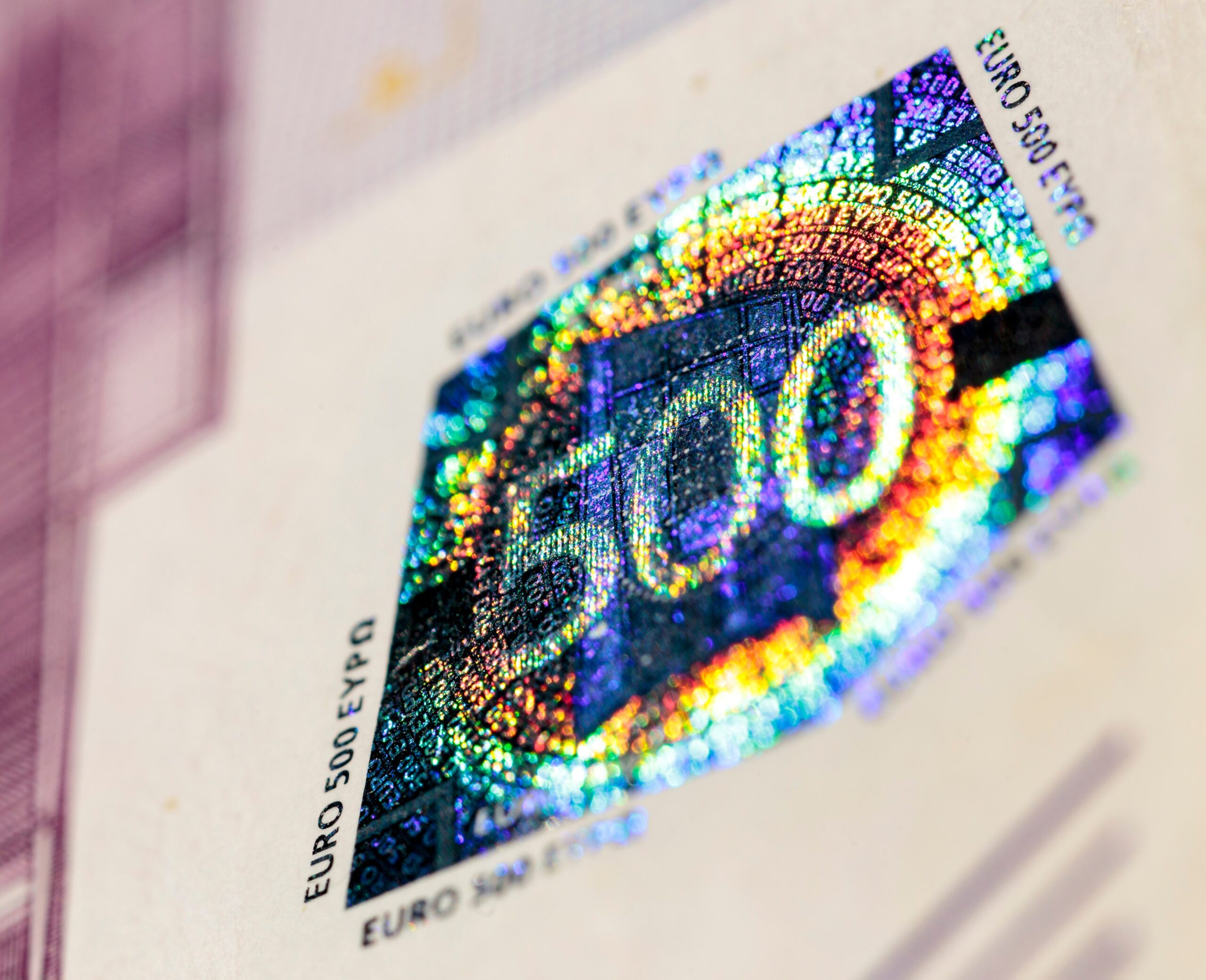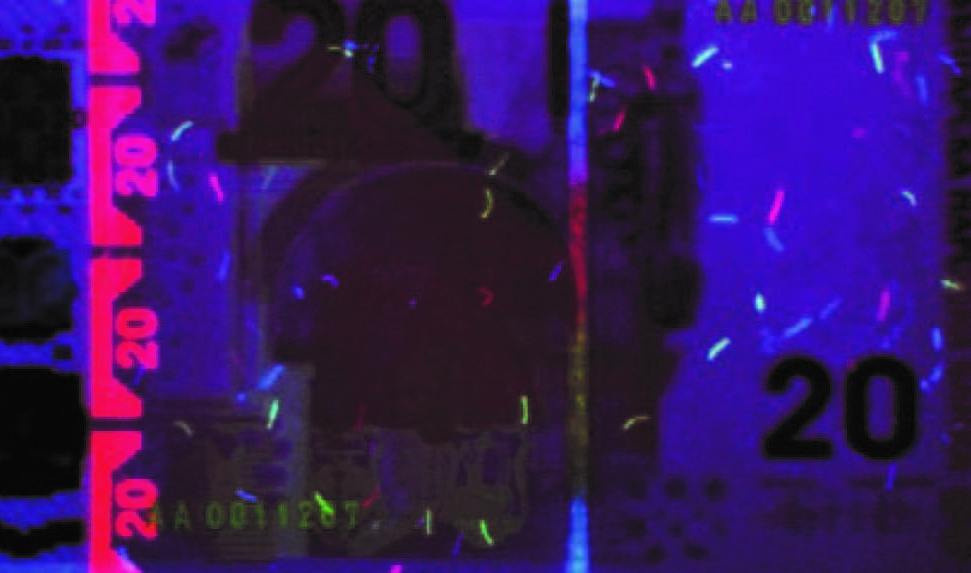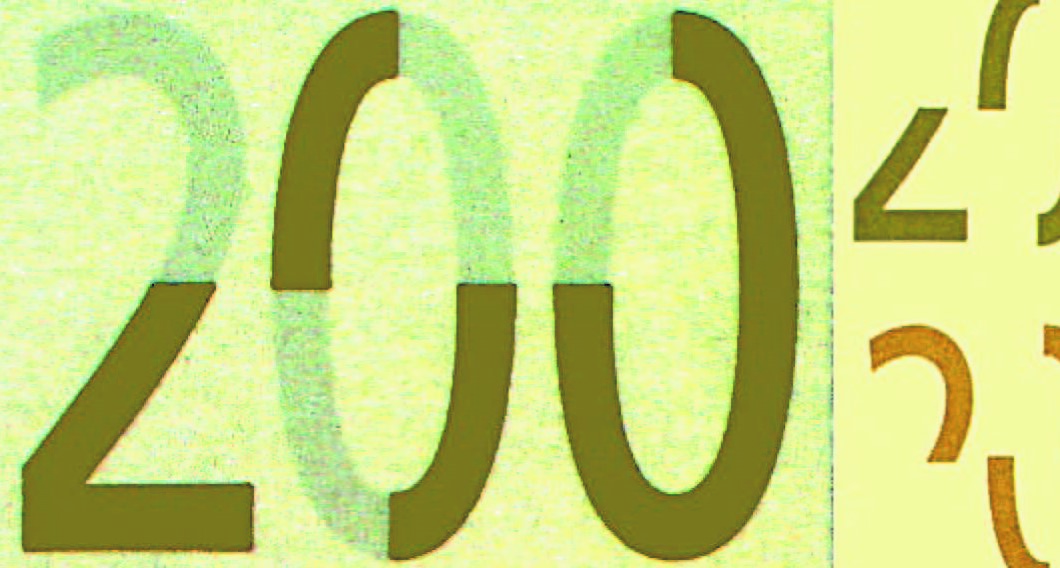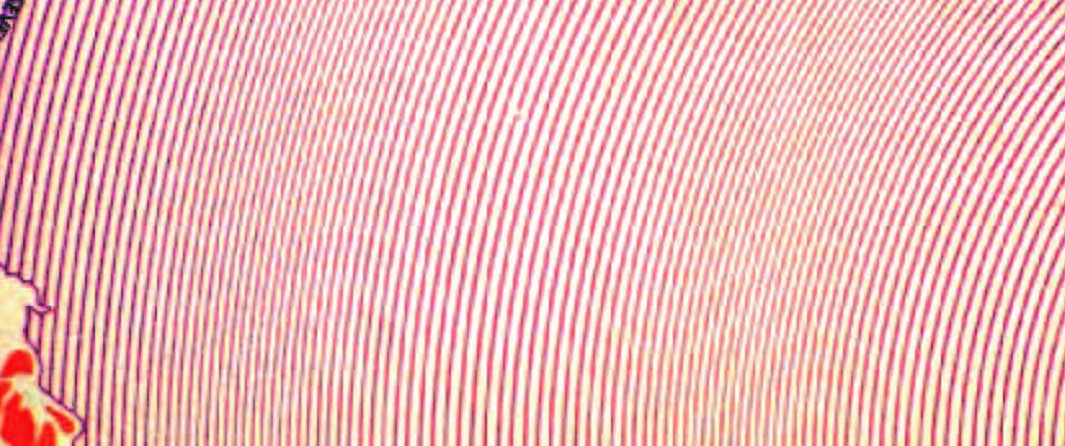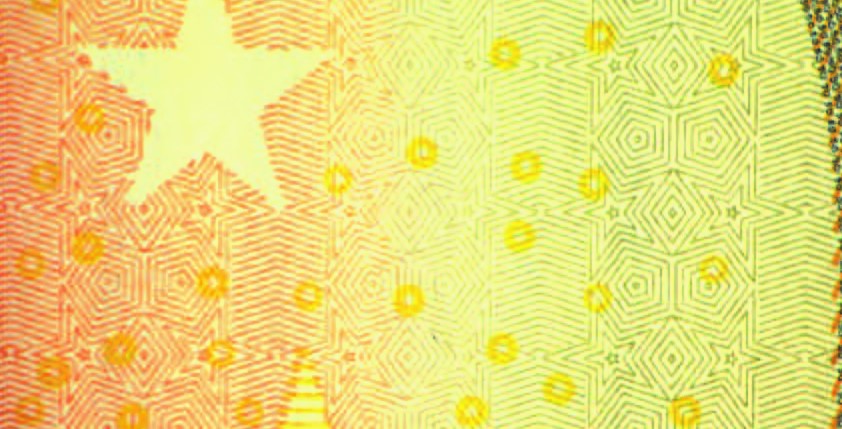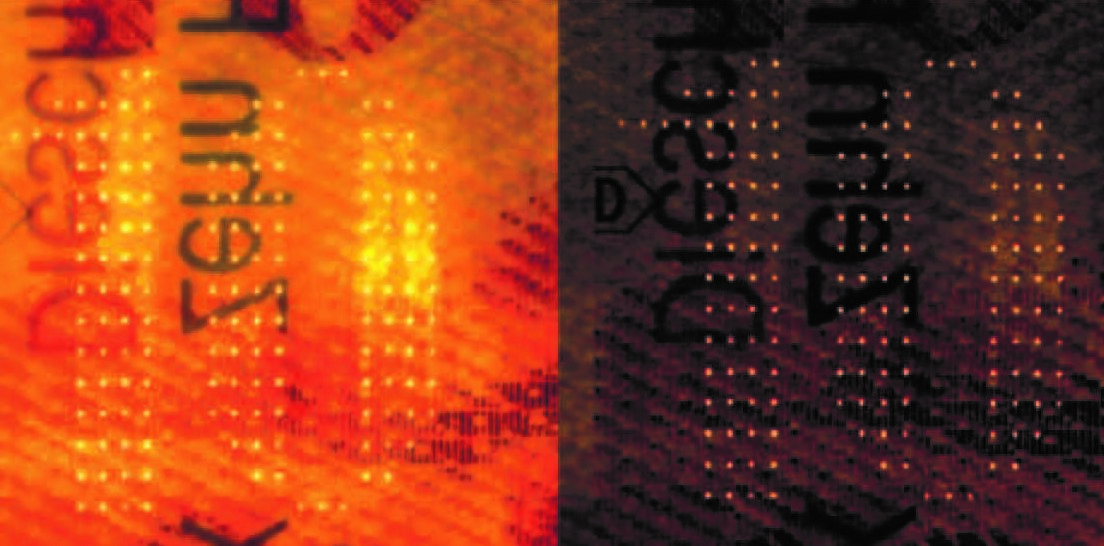Banknotes & Fiduciary
Introduction
Despite the increasing use of electronic payments, currency retains an important role in the payment system of every country. However, today, the crime of counterfeiting currency continues to present a potential danger to national economies and financial losses to consumers at large. To sustain public confidence in a circulating currency, banknotes must contain features that the public can use to readily judge their authenticity and determine the notes’ denominations.However, the world over, with the invention of a banknote, arose another problem-that of counterfeiting. The crime of counterfeiting currency is as old as money itself. Modern counterfeiting began in 1650 A.D when paper money was first developed. Initially, nations used it as a means of warfare, to overflow the enemy’s economy with fake banknotes, so that the real value of the money decreases. However, in the late twentieth century, with the invention of advanced machinery such as colour copiers & other electronic devices, counterfeiting became easier and further flourished.
Counterfeit Notes – Trends in India
During 2019-20, out of the total Fake Indian Currency Notes (FICNs) detected in the banking sector, 4.6 per cent were detected at the Reserve Bank and 95.4 per cent by other banks (Table I). Compared to the previous year, there was an increase of 144.6 per cent, 28.7 per cent,151.2 per cent and 37.5 per cent in counterfeit notes detected in the denominations of `10, `50,`200 and `500 [Mahatma Gandhi (New) Series], respectively. Counterfeit notes detected in the denominations of `20, `100 and `2000 declined by 37.7 per cent, 23.7 per cent and 22.1 per cent, respectively.
Measures taken by Reserve Bank of India (RBI)
The Reserve Bank decides the volume and value of banknotes to be printed each year, depending on the requirement for meeting the demand for banknotes due to inflation, GDP growth, replacement of soiled banknotes and reserve stock requirements. In the last few years, various steps have been announced by the central bank to abolish counterfeit currency & strengthening currency management including:
- Introduction of varnished banknotes
- Procurement of Currency Verification and Processing Systems (CVPS)
- Integration of Currency Management Functions with Core Banking Solution
- (e-Kuber)
- Aiding Visually Impaired in Identification of
- Banknote Survey of Consumers and
- Issuance of Visually Impaired Series Coins
- Security features of currency notes are upgraded from time to time.
The RBI is also contemplating enhancing security features in the Indian rupee note since this would be the most effective measure to control the threat. Recently, the Government of India is keen to consider security products that have been developed and tested in at least three major banknotes in the world, in efforts to make counterfeiting difficult. The Indian government has invited a global tender for participation in the process of shortlisting Security features for banknotes.
Global trends
Innovation has intensified the race between increasingly sophisticated counterfeiters and banknote designers. The improving performance and decreasing cost of information technology have reduced “barriers to entry” in counterfeiting. Thus, to control this menace, banknote designers worldwide have introduced several features to deter counterfeiting. Most banknotes incorporate several security features,including holograms, micro printing, serial numbers, and watermarks.Most notes also include one or more visual accessibility feature, including different sizes and principal colours for different denominations, oversize high-contrast numerals, and tactile features such as embossed numerals or recessed/raised dots.
The goal of secure or ‘intelligent’ printing is to find features that are prohibitively expensive to counterfeit. The ‘foundation’ of banknote security is paper. The high-quality paper is required for reasons of durability. Also, at least 20 countries, in the world, are using plastic notes, which are supposed to be more durable, being made of non-porous polymer with a special protective coating that prevents absorption of moisture. Such notes are said to be more counterfeit-proof. Australia has started issuing plastic banknotes which contain clear plastic ‘windows’ (performing a function similar to watermarks in paper). Other features that are added during manufacture are, e.g. watermarks and ultraviolet (UV) fluorescent fibres; the security thread.
The next layer of security is in the printed design. Inks that are difficult to obtain are commonly used, which can only be printed using high-quality printers. The texture of the printed surface is also controlled: the raised writing e.g. on Bank of England notes (‘Intaglio’), which also requires special printing presses. Another graphical security feature is ‘registration’, where images printed on the front and back of notes coincide exactly when held up to the light.
More ‘exotic’ (and expensive) security features are also available and introduced by various countries. ‘Optically Variable Ink (OVI)’, is used, which changes colour depending on the angle of view. Foil patterns of various complexities can be stamped onto a note. More advanced and difficult to counterfeit non-printed features include advanced optical devices, such as holograms, and the Kinegram. These holograms are essentially a three-dimensional drawing or photograph. Security holograms are mass-produced, but the replication process requires specialized, let alone expensive, equipment to pull off. This is an advanced security feature utilized by many currencies such as the British Pound, the Euro, Canadian Dollars, Japanese Yen, the South Korean Won etc. Also, there is much research into new kinds of machine-readable features- that may prove very difficult to counterfeit. For example, ‘biological tagging’ using minute quantities of genetic material (DNA or RNA), and ‘phase masks’ which are high-security laser-readable devices.
Polymer banknotes
Today, banknote issuers are faced with the challenge of increasingly sophisticated counterfeiting techniques and many countries are transitioning from paper money to banknotes made of polymer.Polymer banknotes have already become popular in different countries in the world. For example, they are already in use in Canada, and in the UK the government is planning to phase out its paper banknotes by 2020.
Benefits of Polymer Banknotes
One of the reasons given by Central Banks for switching to a Polymer substrate is that it raises the technological hurdle for counterfeiters in that they must learn to reliably print on plastic material to produce effective counterfeits (reference documents published by Australia, Canada, and Bank of England).
Cost-effectiveness: Polymer is most cost-effective when used for denominations that have a high circulating velocity. The durability of the polymer increases the life of banknotes by 3-4x that of paper banknotes, this results in a significant cost benefit particularly where banknotes are regularly circulated through the cash sorting process. The increased life of polymer banknotes means that annual banknote issues can be significantly reduced and over a while, this can offset the initial higher cost associated with buying polymer.
Durability: The durability of the polymer provides central banks with a quantifiable increase to the lifetime of a banknote and because they are highly resistant to moisture and soiling the notes remain cleaner. Consequentially there is reduced spend on banknote production, storage, and transportation. Banknote designs have also changed, the polymer enables the incorporation of clear windows which have high visual impact and, due to the range of counterfeit resistant security features, the substrate is highly secure It is often cited that polymer has environmental benefits compared to paper. This is based on a longer lifetime and reduced production and transportation costs amongst other factors. Suppliers of a substrate can now offer a bespoke service that assesses the environmental impact of a customer’s selected substrate in their geographical region.
Security: Keeping one step ahead of the counterfeiter is critical for central banks. The polymer has proven to be a more challenging substrate for counterfeiters to master as they initially lack the skills to reproduce the substrate and the new specialist security features developed for polymer. One of the key reasons why the Reserve Bank of Australia, the Bank of England, and the Bank of Canada decided to adopt polymer was to enhance counterfeit resilience. Whilst no banknote is, or ever will be, entirely counterfeit-proof, research suggests that techniques required to produce a high-quality counterfeit polymer banknote are slow, expensive, and require a high level of effort and technical expertise. The machinery and techniques needed are also different, for example, standard desktop printers are designed to print on paper, but not on plastic film. These things combined, present a significant barrier to digital desktop counterfeiting.
Polymer banknotes can include many of the security features already familiar to the public including the tactility created by intaglio inks, specialist colour changing inks, and holographic foils. Polymer provides a good platform for incorporating sophisticated security features not available on paper banknotes. For example, intricate and complex clear windows are security features. In addition, the window can host other printed or applied features, and because they use this clear area,they can be seen from both the front and back of the banknote. Whilst windows can be used in principle on paper banknotes, the scope of their use is more limited.
Cleanliness: Polymer notes are not porous and so do not absorb moisture or dirt like their paper counterparts. This means they have excellent anti-soiling properties. They can easily be cleaned with a damp cloth or hand sanitizing solution, which means that in parallel with their increased lifetime the notes will also remain cleaner for a longer period than paper notes. In certain environments such as produce markets, the benefits of polymer over paper have been realized.
Environment friendliness: Although polymer banknotes the base material of polymer is a non-renewable resource, due to its recyclability, it has more than one life. For example, The Reserve Bank of India engaged the services of The Energy and Resources Institute (TERI) to conduct a study on the carbon footprint of cotton-based banknote paper substrate vis-vis plastic-based substrate and to estimate their overall environmental impact, taking into account their complete life cycles. The Life Cycle Impact Assessment results for the two types of notes indicate that replacing cotton-based notes with plastic-based notes would have significant environmental benefits.
Polymer/plastic banknotes (and the waste from production) can be granulated and recycled into useful plastic products such as compost bins, plumbing fittings, and other household and industrial products. Comparison to polymer, most of the paper-based banknotes are 75% cotton – which takes large amounts of pesticides and water to produce.
Key Current Features Used in Banknotes
This section presents a catalogue of the main banknote security features recognizable by the public and currently in use worldwide. The features have been grouped according to their common functional properties for detection by the public and retailers. The picture of each feature is accompanied by a brief explanatory text. The list will be subject to constant review, adding new security features resulting from technological advances and discarding those that are no longer relevant for the industry.

